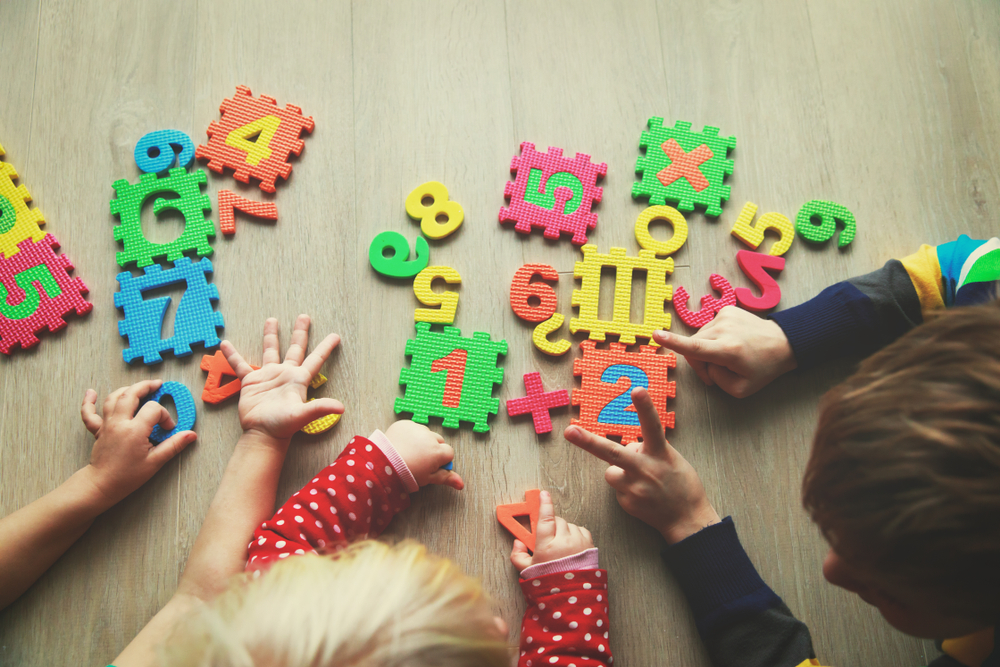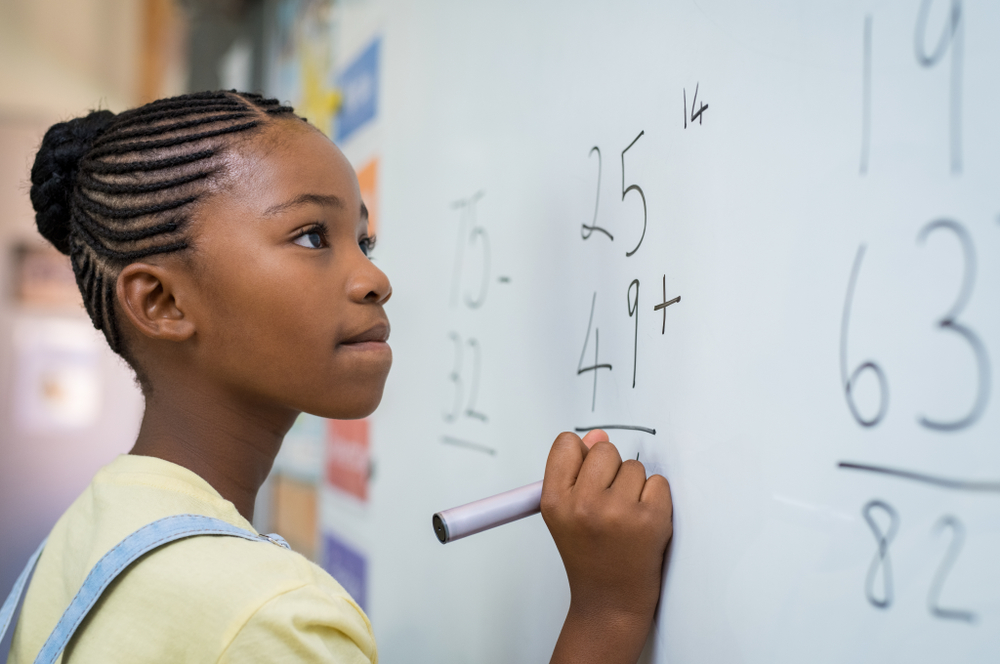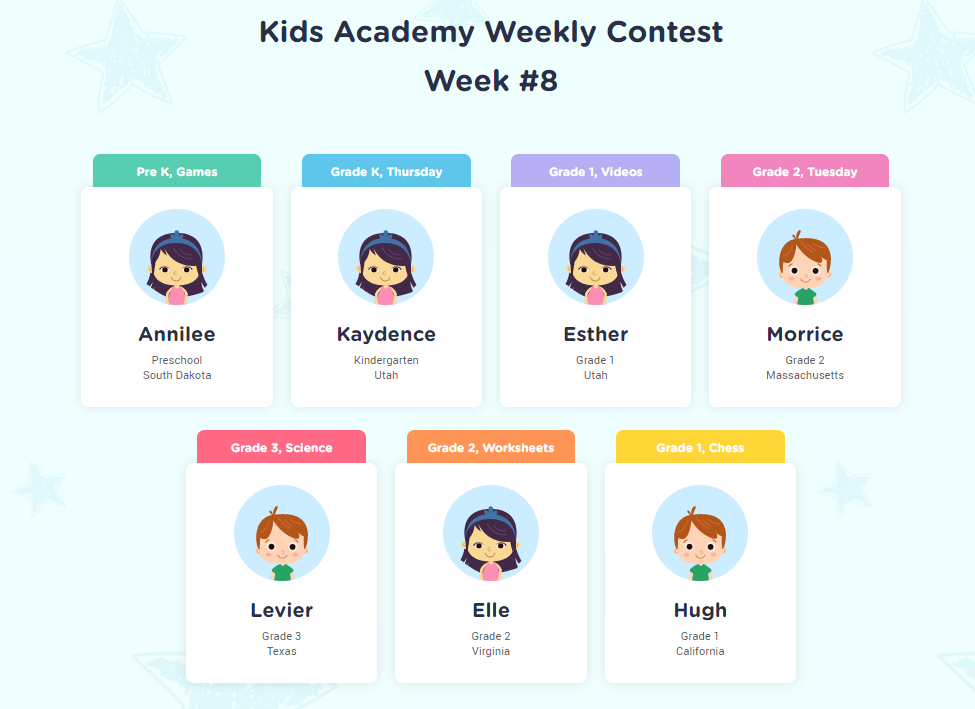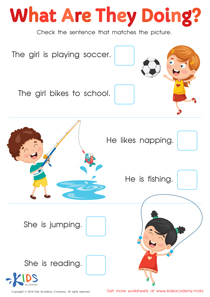Easy Tracing Words worksheets activities for Grade 1
1 filtered results
-
From - To
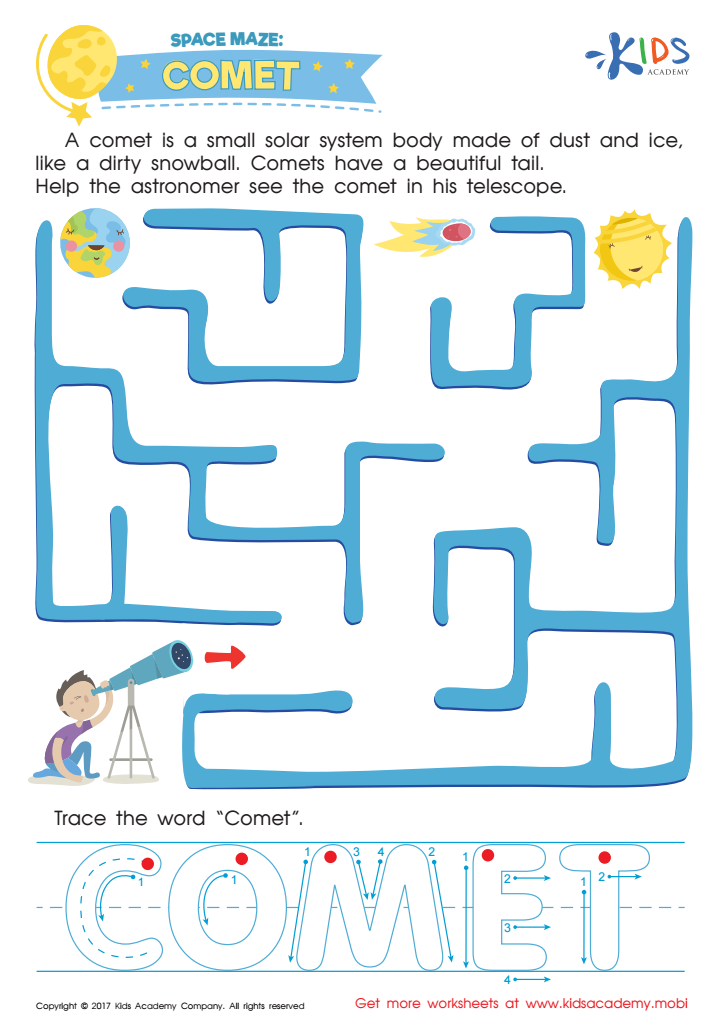

Easy Tracing Words worksheets activities for Grade 1 are a fundamental tool in the early stages of a child's literacy development. These activities are specifically designed to cater to young learners, making the process of learning to write words an engaging and enjoyable experience. By integrating Easy Tracing Words worksheets into the Grade 1 curriculum, educators and parents can significantly enhance a child's ability to recognize, spell, and write words, laying a solid foundation for their future academic success.
The primary advantage of these tracing activities is that they cater to the developmental needs of first graders. At this age, children are refining their fine motor skills, which are crucial for writing. Easy Tracing Words worksheets activities for Grade 1 help to strengthen these motor skills, ensuring that children develop the necessary hand-eye coordination and pencil control to write letters and words independently.
Moreover, these worksheets make learning visually appealing and less intimidating for beginners. By tracing words, children can familiarize themselves with the shape and structure of letters and words, improving their ability to recognize and remember them. This visual and tactile engagement is key to enhancing memory retention and encourages a positive learning experience.
In addition to boosting literacy and motor skills, Easy Tracing Words worksheets activities for Grade 1 also support the development of a child's concentration and focus. Completing a worksheet requires attention to detail and patience, qualities that are invaluable in all areas of learning. Furthermore, the sense of accomplishment children feel when successfully tracing and recognizing words boosts their confidence and motivation to engage with more challenging reading and writing tasks.
In summary, Easy Tracing Words worksheets activities for Grade 1 are an essential resource for educators and parents. They support crucial aspects of a child's early literacy and cognitive development, including fine motor skills, letter recognition, word formation, focus, and self-confidence, making them an indispensable tool in the journey of learning to read and write.
 Assign to My Students
Assign to My Students



